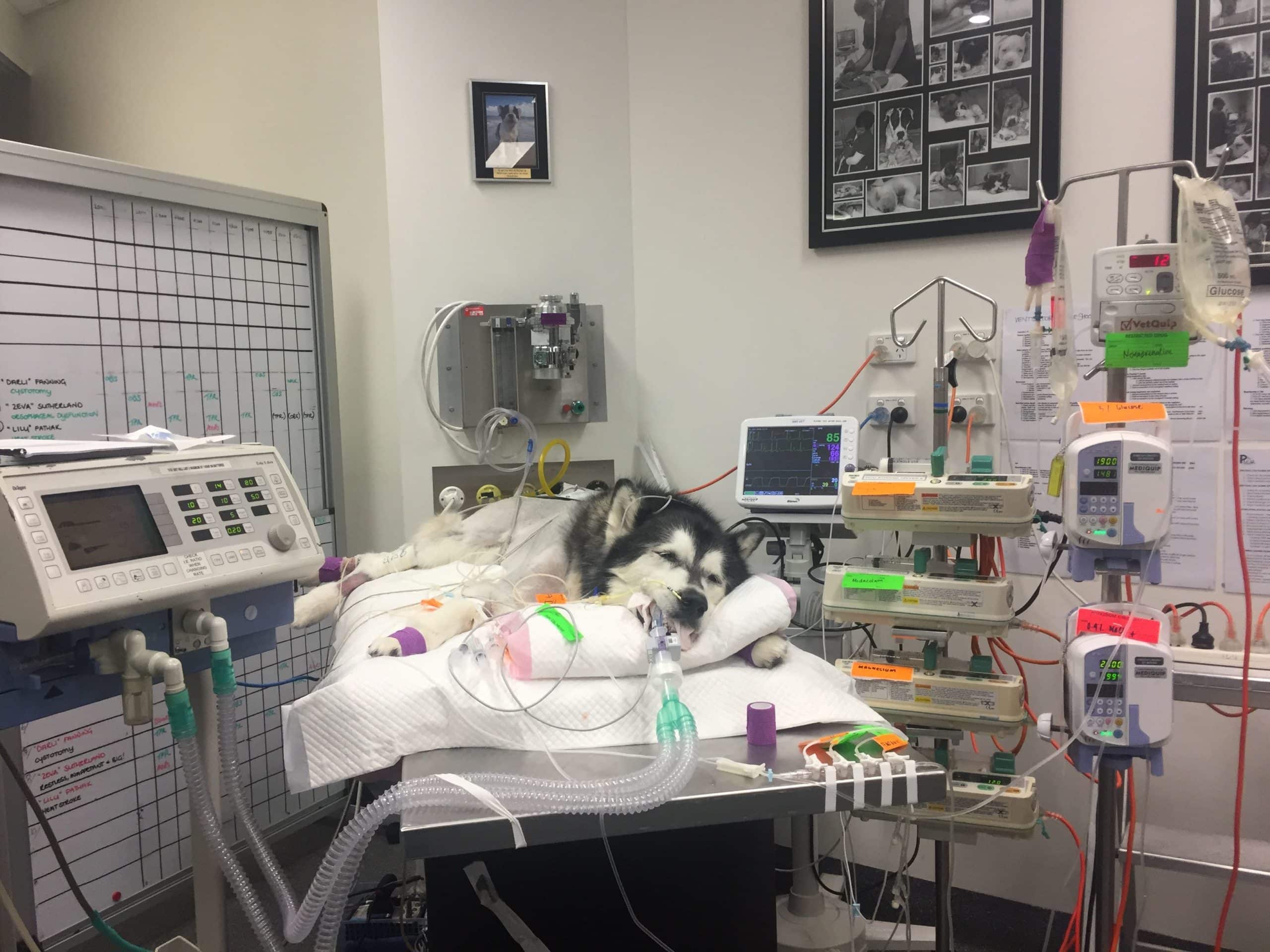[et_pb_section fb_built=”1″ _builder_version=”4. 16″ global_colors_info=”{}”][et_pb_row _builder_version=”4. 16″ background_size=”initial” background_position=”top_left” background_repeat=”repeat” global_colors_info=”{}”][et_pb_column type=”4_4″ _builder_version=”4. 16″ custom_padding=”|||” global_colors_info=”{}” custom_padding__hover=”|||”][et_pb_text ul_position=”inside” ul_item_indent=”80px” _builder_version=”4. 17. 3′′ quote-font=”|700|on|||||” quote-text-align=”center” quote-text-color=”#0C7374″ quote-font-size=”26px” background-size=”initial” background-position=”top_left” background-repeat=”repeat” hover-enabled=”0″ global_colors_info=”” sticky-enabled=”0″]
Heat stroke is a serious, potentially fatal condition that is all too common in veterinary clinics across the nation. Our Animal Emergency Service hospitals notice a sharp increase in the number of cases of pets experiencing heat stroke during the summer. Sadly, we have discovered that many pet owners are unaware that their animals can overheat dangerously to the point where it becomes life-threatening and that treatment is frequently ineffective.
This manual will inform you of the causes, warning signs, and treatment for heat stroke in dogs, as well as how to prevent it.
Heat stroke can happen at any time of the year, even though it is more common in the summer. However, it can occur suddenly and without much warning.
Dogs and cats don’t react to heat the same way as humans do. Through the numerous sweat glands located throughout our bodies, humans can control their body temperature. However, only a few sweat glands are present in the paw pads and the area around the noses of dogs and cats. Our pets primarily pant to release heat so they can cool off. Although only slightly, the sweat glands in their paw pads and noses aid in the dispersal of heat.
Hyperthermia (and other heat-related illnesses) can develop in our pets when they are unable to cool themselves by panting. When the body’s core temperature rises above its typical range of 39 degrees, hyperthermia occurs. 0 degrees Celsius.
There is widespread awareness of the risks associated with leaving your dog in your car, particularly during particularly hot weather and throughout the summer months in general. Do not take any chances because heat stroke can kill a dog in less than an hour. Even for a brief period of time, you should never leave your dog in a locked vehicle.
How is heat stroke treated by vets?
Once you get to your neighborhood veterinarian or the closest animal emergency hospital, the doctor or doctors will determine how severe your pet’s heat stroke is and then start any necessary emergency treatment. Treatment for heat stroke can be complicated and frequently entails lengthy hospital stays. Treatment may include:P.

What is Heat Stroke in Dogs?
Heatstroke in dogs is also referred to as canine hyperthermia.
Simply put, this condition refers to a dog’s body temperature being higher than normal.
More specifically, it’s a condition that prevents your dog from controlling its body temperature through panting or pawing, which is how dogs typically cool off.
Their core body temperature increases by 2 to 5 degrees, and they are unable to lower it.
Note: a dog’s normal body temperature is 101°F to 102. 5°F (38. 3°C to 39. 2°C), but it’s always a good idea to be aware of your pet’s normal body temperature.
Ask your veterinarian about it at your subsequent appointment or check your dog’s temperature with a rectal thermometer at home to learn more.

A dog can start to become hyperthermic at a body temperature of just 103°F (39°C), but a full-blown heat stroke only occurs when your dog’s temperature rises above 106°F (41°C), which is 4-5 °F above baseline. 4°C).
At a temperature of 107°F to 109°F (41. 2°C to 42. 8°C), a dog’s organs may begin to fail and cause death.
FAQ
How do you know if your dog is dying from heat stroke?
Vomiting or diarrhea. Bright red gums. Body temperature higher than 104° F. Collapse, seizure, or coma.
Does heat stroke happen right away in dogs?
A car parked in the sun in the summer can quickly reach a temperature of over 50°C even with the windows open. Even when parked in the shade, a car’s interior temperature can soar, and dogs can pass away in as little as 15 minutes.
How quickly can a dog overheat?
Death can happen within 15 minutes as a result of the dog’s own body temperature increasing the heat and moisture (especially for larger breeds). Don’t exercise your dog on hot, humid days and gradually acclimate him to the heat
What are the chances of a dog surviving a heat stroke?
When a dog is diagnosed with heat stroke, the prognosis ranges from guarded to poor. Death typically happens within the first 24 hours and is typically brought on by DIC and multiple organ failure. One study found an overall mortality rate of 50%.